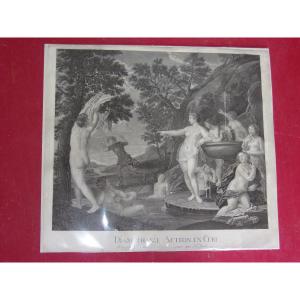Zebras
Signed in the plate, bottom centre
Silkscreen in black on white paper
Inner dimensions 50 x 50 cm
Frame dimensions 53 x 53 x 2 cm
Regarded by historians today as the ‘grandfather’ of Op Art (optical art), the Hungarian-French abstract artist Victor Vasarely carefully calibrated patterns of bright squares and luminous circles to make his paintings’ surfaces appear to take three-dimensional forms in space.
Vasarely started his career as a graphic designer in Paris after having finished art school at the Bauhaus-inspired Muhely Academy in Budapest a decade earlier. Between 1939 and 1948, Vasarely laid out the fundamentals of Op-art in his early works by focusing on studying the use of lines, colour combinations, the interaction between shadow and light, and the creation of perspective.
Vasarely delivered one of the most important pieces of his career when he created Zebra in 1937 - a piece he continued to work on throughout his career with the last version having been created in 1965.
Zebra can be seen as a study of shape, contrasts, and optical illusions.
Weaving and unweaving the animal’s black-and-white stripes, the depiction of a pair of entangled zebras blend into the white field from which they suddenly emerge. Due to the lack of borders and the curves of the stripes, an illusion of movement is created through scientific play with the human eye.































 Le Magazine de PROANTIC
Le Magazine de PROANTIC TRÉSORS Magazine
TRÉSORS Magazine Rivista Artiquariato
Rivista Artiquariato